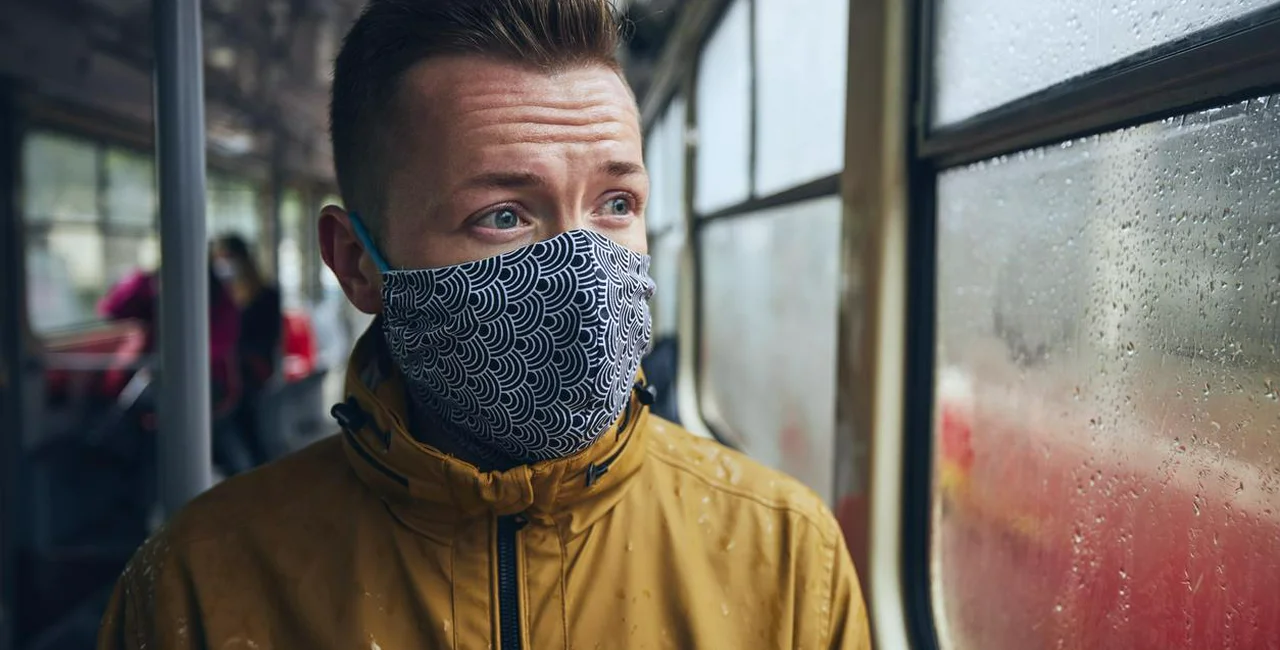The Czech Republic reported 1,161 new COVID-19 cases yesterday, according to the latest figures posted by the Czech Health Ministry this morning.
The total nearly tied Tuesday’s record-setting high of 1,163 COVID-19 cases. There were also 15,401 tests performed on Tuesday, the most performed in a single day since the start of the epidemic; the number of tests performed on Wednesday will be updated later today.
The number of new cases has now exceeded 1,000 for the past two days, and exceeded 400 every day this month so far. Before August 21, the highest number of COVID-19 cases reported on a single day was 377, on March 27.
In the EU, only Spain, France, Croatia, Romania, and Malta have reported more COVID-19 cases than the Czech Republic over the past 14 days. Due the the rapidly developing COVID-19 situation in the Czech Republic, immediate measures are now being taken both within the country and outside of it.
Yesterday, Health Minister Adam Vojtěch announced that face masks will be required in all indoor spaces throughout the Czech Republic from today, September 10.
There are a total of 25 exceptions to that requirement, including when eating or drinking in restaurants, exercising in gyms, or working in an office at least two meters away from others. But in general, the Czech public is now required to wear a mask in indoor areas if there is a chance of coming into contact with others.
Outside of the country, Germany has placed Prague on its list of “red” risk areas for entry into the country, effective today; German borders will still be open to Czech travelers, but random checks will be conducted, and anyone coming from Prague will need to produce a negative COVID-19 test no older than 48 hours, or face a heavy fine.
Belgium has also placed Prague on its list of “red” risk zones, requiring a mandatory two-week quarantine on arrival for incoming travelers from the Czech capital.
There are currently 10,128 known active COVID-19 cases in the Czech Republic, the highest that number has been since the start of the epidemic in March.
A total of 31,036 COVID-19 cases have been reported over that span, with 20,374 recoveries and 444 COVID-19-related deaths.
While most cases are mild or asymptomatic, the number of serious cases has significantly increased in recent weeks. Over the past month, the number of COVID-19 patients requiring hospitalization in the Czech Republic has roughly doubled, to 244, while the number of those considered to be in serious condition has nearly tripled, to 57.
Currently, the situation per capita is worst in Pelhřimov, which has reported 116 new COVID-19 cases per 100,000 residents over the past seven days, and in Plzeň-South, which has reported 111 cases per 100,000 residents over that time.
Prague is right behind them, however, with about 96 cases per 100,000 residents over the past week.
Health officials have revealed that most areas of the Czech Republic will be given green low-risk status in the Health Ministry’s next regional map, to be released tomorrow. Currently, Prague is the only area with orange medium-risk status.
Vojtěch stated that additional measures may be taken in areas with increased risk of COVID-19 transmission, while Prime Minister Andrej Babiš told journalists that although a difficult autumn is ahead, the Czech Republic cannot afford to take additional economic limitations.
After a meeting with counterparts in Austria yesterday, Babiš announced that despite the measures taken by Germany and Belgium, no travel restrictions would be enforced between Austria, Slovakia, and the Czech Republic.
Vojtěch stated that the recent increase in cases was not a result of children returning to schools, as children under the age of 15 only make up about 7% of the current number of COVID-19 cases.
“This means that most of the increase is due to the adult population. Perhaps this is a result of returning to work after the holidays and, bigger social interactions in general,” Vojtěch said.
Yesterday evening, Czech officials announced that 2.8 million Czech citizens over the age of 60 would receive a respirator and five face masks by mail.












 Reading time: 3 minutes
Reading time: 3 minutes 























